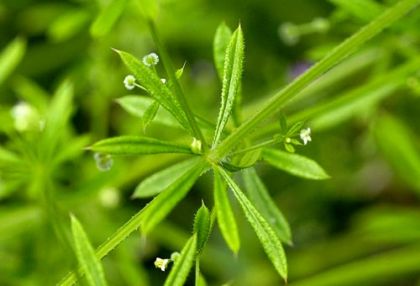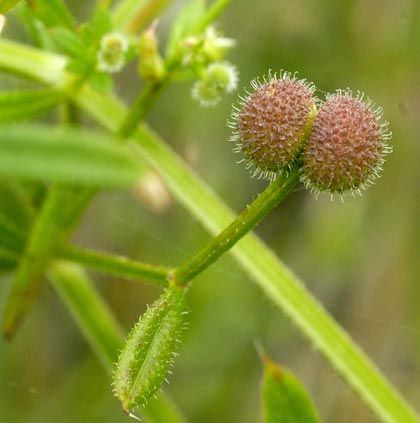An annual plant of hedges, thickets, waste ground and gardens, Cleavers produces tiny white 4-petalled flowers (2mm across) in clusters on stalks arising from the leaf axils from May to September. This is a vigorous plant with square-stemmed, angular stems which have down-turned prickles which enable the plant to catch on to vegetation over which it scrambles. The pale green, oblong leaves are arranged in whorls of 5-9 around the stems and also have bristles which point backward. The fruit is a small sphere, also covered in hooked bristles. This is a native plant and it belongs to the family Rubiaceae.
My first record of this plant is in Laragh, Co Wicklow in 1976 and I photographed it in Wellingtonbridge, Co Wexford in 2006.
If you are satisfied you have correctly identified this plant, please submit your sighting to the National Biodiversity Data Centre



